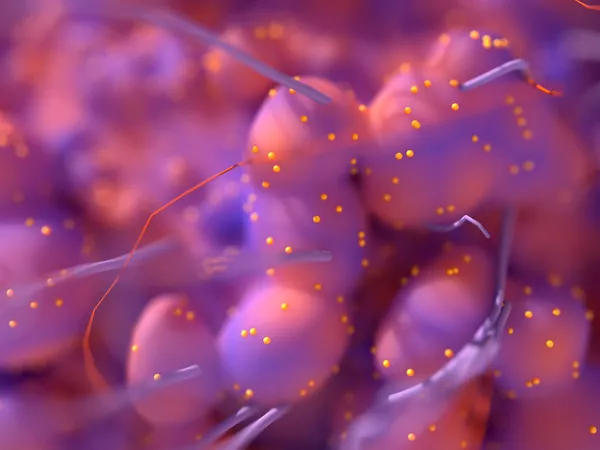REVIEW
Published on 14 Apr 2015
Neuroendocrine Differentiation in Prostate Cancer: A Mechanism of Radioresistance and Treatment Failure
doi 10.3389/fonc.2015.00090
- 18,949 views
- 138 citations
14k
Total downloads
68k
Total views and downloads
You will be redirected to our submission process.
REVIEW
Published on 14 Apr 2015
HYPOTHESIS AND THEORY
Published on 03 Mar 2015
REVIEW
Published on 02 Feb 2015
REVIEW
Published on 12 Jan 2015
REVIEW
Published on 25 Mar 2014
